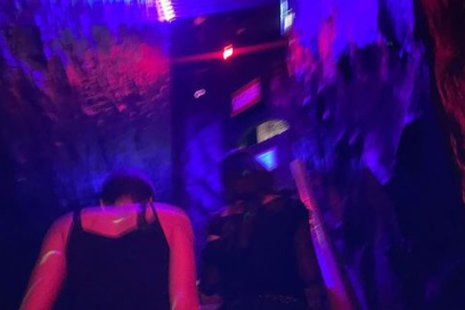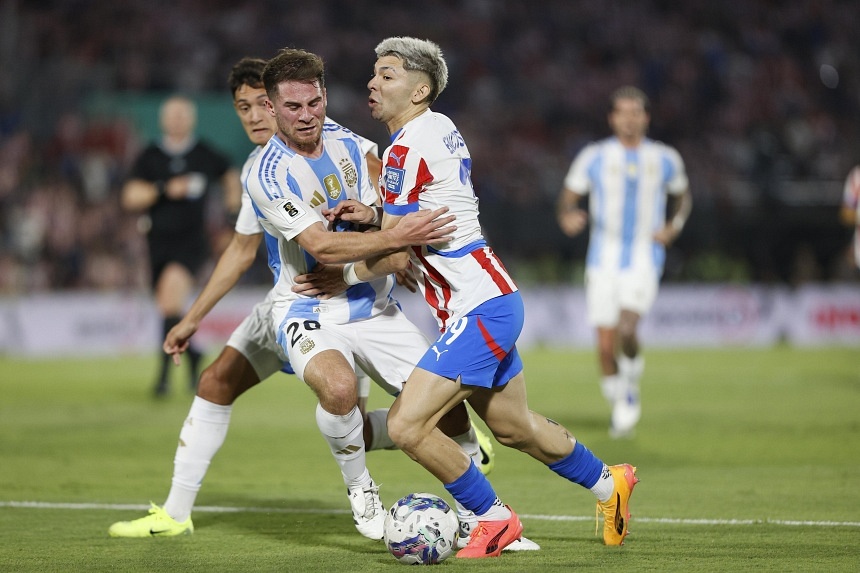“Really hot but in a scary way.” “Known but at the same time unknowable.” “Definitely a situation.
” This was how the hot internet girl of 2024 was described in the opening of Charli XCX’s 360 music video. Among these hot girls were the likes of Julia Fox, Chloe Cherry and Gabriette. Their styles are the antithesis of the ‘clean girl’ aesthetic that has dominated the 2020s so far.
If the clean girl’s wardrobe of white linen, dainty necklaces and slicked back buns reflect an idealised lifestyle of productivity, wealth, and health, then the BRAT encapsulates ideals of decadence, impulsivity and rawness. “Recession-pop is back with its escapist tendencies and dance beats (think Kesha post-2008)” However, this shift in fashion has been led by an equally significant shift in music. Triggered by the cost-of-living crisis, and economic downturns across the world, recession-pop is back with its escapist tendencies and dance beats (think Kesha post-2008).
The same can be said of the world of fashion. In the midst of the cost of living crisis, a lifestyle signified through the accumulation of consumer goods has not just fallen out of favour, it has become distasteful. When the ‘clean girl’ influencer pulls out a Rhode lip tint from her bag, or dons herself in the Olsen twins luxury staple ‘The Row’, her audience senses the ever-widening economic chasm between them.
While this content has always been aspirational, at a time when increasing numbers of peopl.


















